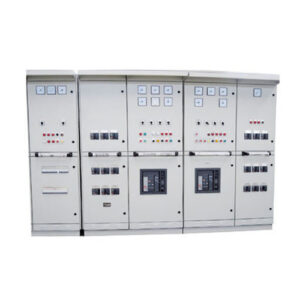Key Features of Power Cables
1. Design and Structure of Power Cables
Marine power cables are designed with a robust and flexible structure to support energy distribution across shipboard systems. Their layered construction allows for secure routing through tight compartments and engine rooms, maintaining flexibility without compromising mechanical strength.
2. Power Cables Material
Manufactured using high-conductivity copper or tinned copper conductors, these cables feature XLPE or EPR insulation and halogen-free sheathing. The outer jacket resists oil, water, UV, and salt exposure, ensuring dependable performance even in aggressive maritime environments.
3. Lifting Capacity of Power Cables
While not intended for lifting, these cables handle high voltage and current loads with minimal loss. Designed for main and auxiliary circuits, they deliver power efficiently to propulsion, communication, HVAC, and navigation systems throughout the vessel.
4. Installation and Integration of Power Cables
Engineered for ease of routing, the cables offer bendability and reduced weight to simplify installation. Their fire-retardant properties and zero-halogen composition make them suitable for confined areas where safety and compact routing are essential.
5. Safety and Control of Power Cables
These marine-rated cables meet stringent safety standards, offering flame resistance, low smoke emission, and insulation integrity during overloads. They also help isolate electrical faults, minimizing risks to onboard equipment and crew members.
6. Durability and Maintenance
Designed for long service life, the cables resist abrasion, corrosion, and thermal stress. Their tough sheathing minimizes damage during vibration or movement, while regular inspections can be performed without specialized tools or procedures.
7. Versatility
Suitable for a wide range of marine electrical systems, these cables support both AC and DC circuits in main switchboards, control panels, and emergency systems. They are compatible with new builds, retrofits, and all major marine applications.
8. Compliance and Standards
Fully compliant with IEC 60092 standards and certified by major maritime authorities including ABS, DNV, and Lloyd’s Register. These cables also meet IMO fire safety requirements, ensuring reliable and compliant performance across the globe.






